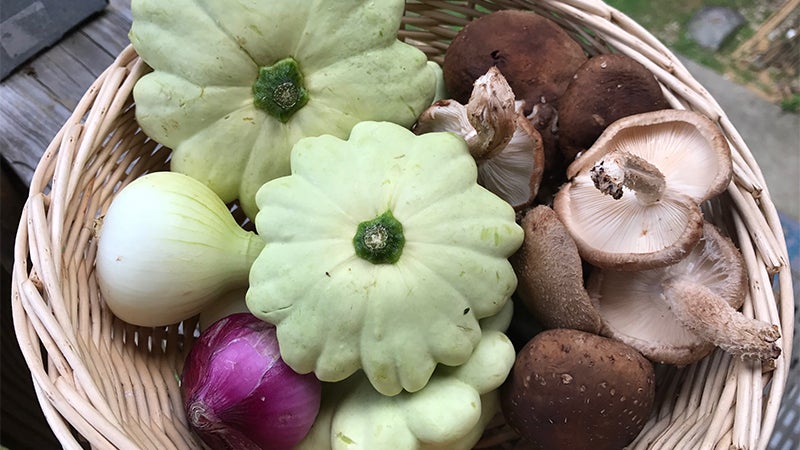Big Industry in Polk, Cooperation over Competition
Published 10:00 pm Wednesday, June 4, 2014
Recently, I was at one of my dearest friends birthday celebrations where 9 women lunched together. Most of them live in the Green Creek area. Many of them have farms and gardens and several have farm animals. One woman works every day of her life in the equestrian community and appears to know that genre of Polk County, and much of our natural and cultural history, like it was the inside of her eyelids. She is a force of a rock singer, too.
The conversation steered toward developing the Tryon International Equestrian Center and it’s anticipated, as well as concerning, effects on our rural and sustainable lifestyle in Polk County. While most at the table believed her, myself included, that she feels this project and it’s developers will bring good things to the community and that they really want the community to embrace the center, I believe there are some basic yet non-negotiable tenants that must apply as this multi-hundred million dollar venture builds out it’s vision and operates toward it’s goals.
The following is excerpted from the essay “Conserving Communities,” from Another Turn of the Crank, by Wendell Berry, 1995. If we want to protect our paradise, and thrive in our small rural community in partnership with tax-base building industry, here are some things we should do.
Always ask of any proposed change or innovation: What will this do to our community? How will this affect our common wealth?
Always include local nature – the land, the water, the air, the native creatures – within the membership of the community.
Always ask how local needs might be supplied from local sources, including the mutual help of neighbors.
Develop properly scaled value-adding industries for local products to ensure that the community does not become a colony of the national or global economy.
Develop small-scale industries and businesses to support the local farm and/or forest economy.
Strive to produce as much of the community’s energy as possible.
Strive to increase earnings (in whatever form) within the community and decrease expenditures outside the community.
Make sure that money paid into the local economy circulates within the community for as long as possible before it is paid out.
Make the community able to invest in itself by maintaining its properties, keeping itself clean (without dirtying some other place), caring for its old people, teaching its children.
See that the old and the young take care of one another. The young must learn from the old, not necessarily and not always in school. The community knows and remembers itself by the associations of old and young.
Account for costs now conventionally hidden or “externalized.” Whenever possible, these costs must be debited against monetary income.
Look into the possible uses of local currency, community-funded loan programs, systems of barter, and the like.
Always be aware of the economic value of neighborly acts. In our time the costs of living are greatly increased by the loss of neighborhood, leaving people to face their calamities alone.
A rural community should always be acquainted with, and completely connected with, community-minded people in nearby towns and cities.
A sustainable rural economy will be dependent on urban consumers loyal to local products. Therefore, we are talking about an economy that will always be more cooperative than competitive.


